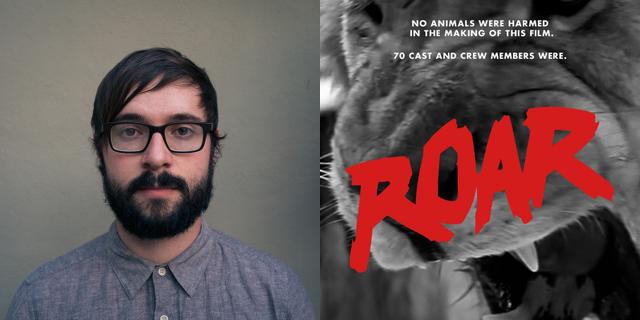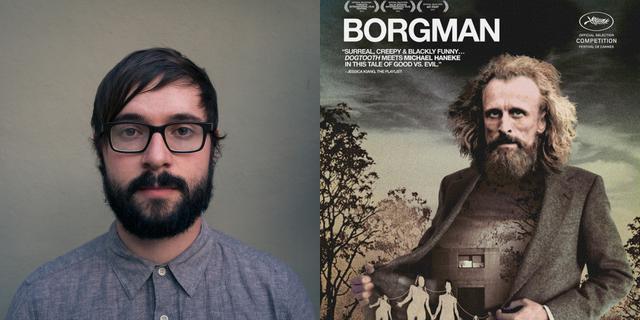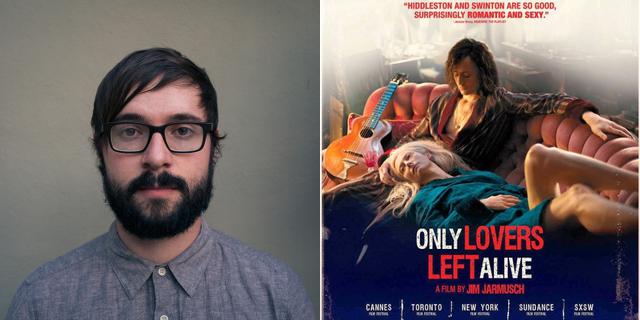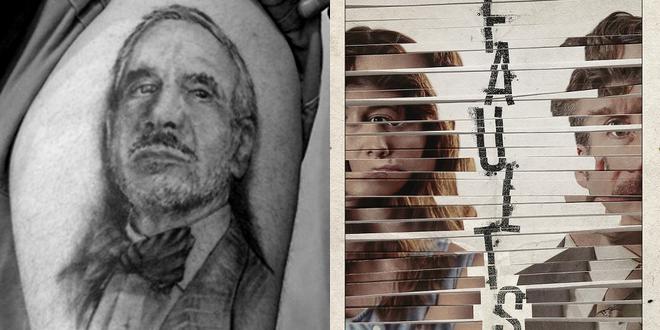I’ll just go ahead and say it: Roar isn’t a good film. OK, now that I’ve gotten that out of the way I can tell you why you’ve got to see Roar and why its distributor, Drafthouse Films, is currently the most exciting player in the game.
Directed by The Exorcist executive producer Noel Marshall, Roar was originally released in 1981 to lackluster box office and poor reviews. It went massively over budget and took 11 years to finish, and once again, it’s not a good film. Unlike another Drafthouse re-release, Wake in Fright (1971), which was a forgotten masterpiece that got a second chance at life and will now go down in the books as an all-timer, Roar sort of deserves its obscurity. Similarly, when compared with Miami Connection (1987) which also got a re-release thanks to Drafthouse, Roar lacks that film’s fun, crowd-pleasing energy.
So why is this not-so-good film getting a second chance? The answer is simple: Lions, motherfucker. And not just lions — tigers, cheetahs, leopards, panthers, fanged beasts galore. Roar deserves a re-release because it’s a spectacle and there will never be a film like it ever again. Roar is billed as the most dangerous movie ever made. Seventy crew members and actors were injured during its filming, some critically. People were scalped, mauled, bitten and everything in between. Literal blood and guts were put into the making of this film and you can see it in every frame.
Roar deserves a re-release because it’s a spectacle and there will never be a film like it ever again.Noel Marshall stars as Hank, an eccentric scientist (at least I assume he is a scientist) who’s moved halfway across the world, away from his family, to set up a strange animal sanctuary. He’s his own experiment. He’s trying to prove that humans and big cats can live together. Apparently, all you need to do is toss out any scientific method, throw more than 100 deadly animals of varying species together in your Swiss Family Robinson-esque house and spend most of your time screaming at them — in a unbelievably shrill voice — to stop killing each other. So Hank does that. Then he does the next logical thing — he invites his family to come visit him. Hank is pretty absent-minded, though, so not only is he late to pick them up from the airstrip, but he’s also forgotten to mention just how many dangerous animals he lives with. Long story short, most of the film is spent with his real-life family (including wife Tippi Hedren and stepdaughter Melanie Griffith) as they try and avoid being eaten by lions and tigers while he clumsily makes his way back to the house. Throw in a silly poacher subplot and Hank’s unbelievable bad luck with every kind of motorized vehicle he uses and you’ve got Roar. It’s oddly paced and overlong. The same thing happens over and over again: People think lions are trying to eat them, so they run from the lions, then the lions find them, so they run and hide again, and so on and so on.
All that said, this isn’t the movie you watch for anything other than lions, and lions there are! Every shot/scene in the movie is one step away from death. It’s a balancing act that doesn’t always keep its footing and that’s why it’s so amazing to watch. One particularly fascinating aspect of the film is watching the actors begin to deliver a line, have a set of massive jaws clamp down on the back of their neck, try their best to keep from dying, and still deliver the line! There’s even a card at the beginning of the film that says, “Since the choice was made to use untrained animals and since for the most part they chose to do as they wished, it’s only fair they share the writing and directing credits.” From that point on, you know what you’re in for, but you don’t really. You can know what the movie is about but until you see 20 adult male lions ripping apart a zebra carcass in the middle of a living room, basically painting the room in blood, you cannot comprehend what that film will look and feel like.
What Drafthouse has done in the past, and continues to do with Roar, is help a modern filmgoing audience see movies that truly deserve to be seen. Not to say that these films will ever truly escape obscurity, but at least there’s a way for people to see them other than via a shitty print at a festival for one night only. Drafthouse founder Tim League and his team seemingly don’t give a fuck, but that couldn’t be further from the truth. They care about cinema. They care about preserving the film experience. They say it best on their website: “Sharing the films we love with the widest audience possible.” That’s big talk, but when you release a film like Roar, you’re definitely walking the walk.






